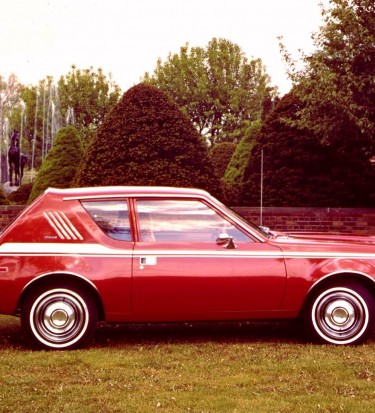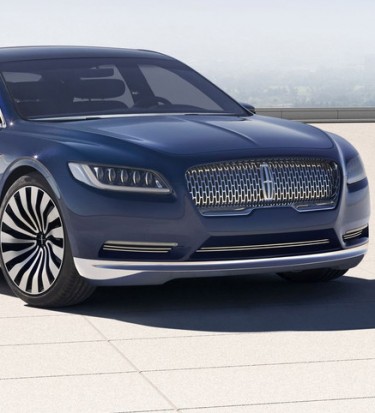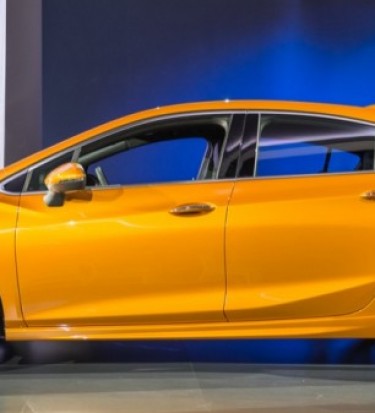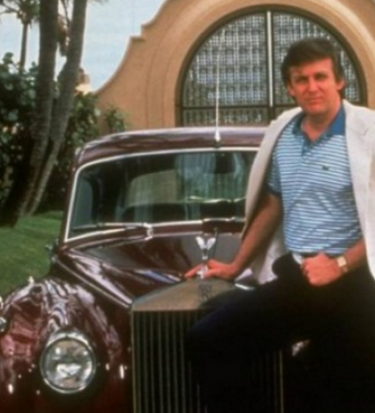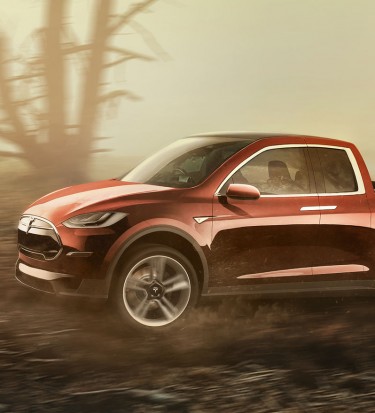For Americans, the name Datsun calls to mind affordable and fun runabouts and the famous “Poor Man’s Porsche” 240Z sports car of the 1970s. In 1984, Datsun was renamed Nissan in the United States to match the automaker’s name in its domestic market of Japan, leaving decades of history behind it. Now the Datsun name is making a global resurgence, but this time it takes on a very different form.
Nissan’s parent company, the Renault-Nissan Alliance, reformed the Datsun brand a few years ago and begun engineering all-new cars for emerging markets such as Indonesia, India, Russia, Latin America and Africa. Too many times in smaller nations without their own highly developed auto industries, buyers are forced to choose between expensive cars from foreign brands and domestically produced cars that would not be able to compete on a global scale. Datsun wants to give these buyers the best of both worlds.
In a profile from Automotive News, editors talk at length with Datsun global brand chief Vincent Cobee. After years within the Renault-Nissan Alliance family, Cobee was appointed by CEO Carlos Ghosn to head up the new brand with a specific focus on bringing buyers in each new market exactly the car they want.
Cobee’s philosophy for Datsun states that other automakers, such as Ford with its Fiesta subcompact, build a single car to sell worldwide with only minimal changes for each country’s buyer preferences. While this saves on development costs, Datsun’s mission is to provide entry-level, basic transportation with the best feature set that can be offered at what buyers in that country are willing to pay for a new car.
That means Indonesian buyers get a seven-passenger minivan-style hatchback with a slightly taller ride height. For India, with its high population and tight city streets, Datsun created a five-door, five-passenger hatchback with the maximum available passenger space while retaining ultra-compact dimensions. Russian buyers want vehicles with a bit more in the way of performance as well as a traditional sedan body style with a separate trunk. At each turn, Datsun has delivered on expectations.
Global Datsun Launches Picking Up Steam
The reborn company launched its first model in early 2014 in India. Called simply the GO, the new five-door features a design reminiscent of Nissan’s global LEAF electric car although admittedly with much more simplicity. While the GO packs just 1.2 liters and modest horsepower, its price of less than US $7,000 when converted at current exchange rates has made it one of the more-affordable cars on the Indian market.
Next came the GO+, which retained the GO’s simplistic hatchback design but added a taller ride height, a more rugged suspension and seven-passenger seating. That has made it a viable option in nations where roads running between rural areas are often pock-marked and poorly maintained. The new mi-DO offers a sportier choice, with a 1.5-liter four-cylinder engine and a larger hatchback body style that appeals to markets used to a higher degree of sophistication.
Datsun’s most recent launch has been in Russia, where the company debuted its on-DO sedan model later in 2014. Russia’s insular automotive market sees plenty of worldwide brands, but many of the top sellers are low-cost cars produced by Russian automakers. The on-DO has been a success, helping Datsun to rank 13th among 32 carmakers doing business in the former Soviet nation.
There have been challenges along the way, though. The Wall Street Journal reports that early sales have fallen short of Renault-Nissan’s expectations, thanks in several markets to base pricing that cannot match segment value leaders. Datsun’s engineering cars for superior levels and refinement has led to more expensive development and production costs than other value-oriented brands.
Indian Datsun dealers have been met with challenges reaching buyers outside of major cities, where inexpensive cars like the GO enjoy a greater market share. Indonesian sales have also faltered, which the company attributes to a lack of brand recognition and a dealer network that has had some trouble getting off the ground. Russia’s success is certainly a bright spot that could spell good things for a brand still completely unfamiliar to most of the world’s car buyers.
Datsun has taken the forward-thinking step of building cars tailored for each market locally whenever possible, saving on shipping costs and helping to foster a connection with buyers who like to see cars made by their countrymen. As for parts, engines and transmissions have largely been derived from existing Nissan models, albiet with a smaller displacement and less power on tap. The company tailors safety equipment to each market’s local regulations, but results have been promising when compared to other emerging market nameplates.
Datsun and the United States
With its recent success as a low-cost option in several world markets, long-time brand enthusiasts have asked repeatedly whether Datsun will make a return to North America. In the United States, those who grew up in the 1970s and 1980s still carry fond memories of some remarkable Datsun models such as the 240Z sports car, 510 rear-wheel drive compact, and the trusty Datsun pickup truck.



